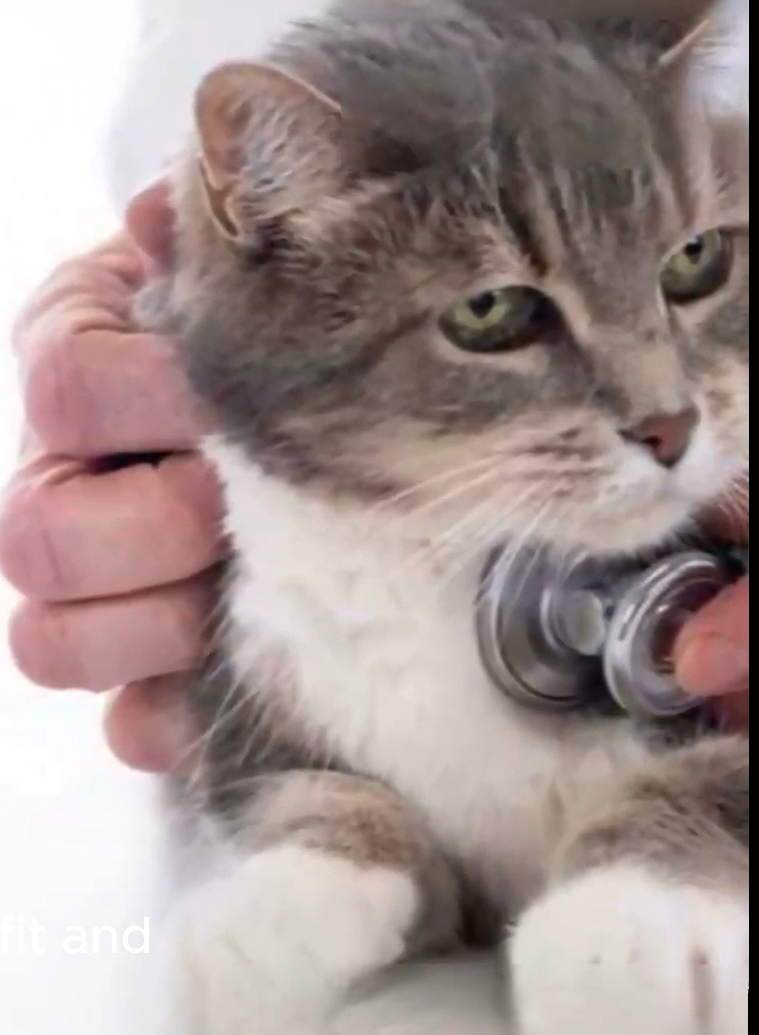Tips for Using Veterinary Stethoscopes: Maximize Your ROI!
10/5/20242 min read
Understanding the Importance of Veterinary Stethoscopes
Veterinary stethoscopes are essential tools for any veterinary practice, providing a means to assess the health of animals by listening to their internal sounds. To truly maximize your investment in these instruments, it's vital to understand how to use them effectively. With the right techniques, you can enhance your diagnostic abilities, leading to better patient outcomes and higher client satisfaction.
Choosing the Right Stethoscope
The first step in maximizing your return on investment (ROI) with veterinary stethoscopes is selecting the right model. There are various types available, each suited for specific needs. Look for stethoscopes that offer high acoustic sensitivity, allowing you to hear faint heartbeats or lung sounds. Additionally, consider adjustable diaphragm settings that cater to both large and small animals. Investing time in research will ensure you select a stethoscope that meets your unique clinical requirements.
Best Practices for Using Your Stethoscope
To get the most out of your veterinary stethoscope, here are a few best practices:
- Proper Technique: Always ensure that the diaphragm is in full contact with the patient’s body. This maximizes the sound quality and minimizes external noise interference.
- Regular Maintenance: Clean your stethoscope regularly to prevent the buildup of bacteria. This also ensures optimal functionality and prolongs the lifespan of your instrument.
- Familiarization: Spend time getting to know the sounds of different species. The more familiar you become with normal versus abnormal sounds, the quicker you can make accurate diagnoses.
By incorporating these best practices, you’ll be well on your way to harnessing the full benefits of your veterinary stethoscope.
Enhancing Your Skills with Continuous Learning
Maximizing your ROI on veterinary stethoscopes isn’t just about the tool itself; it’s also about your expertise. By engaging in continuous learning—whether through workshops, online courses, or mentorship—you can sharpen your diagnostic skills. Staying updated on the latest advancements in veterinary medicine will significantly enhance the value you derive from your stethoscope, ensuring you remain a trusted professional in the field.
In conclusion, a quality veterinary stethoscope is an investment that pays off when used correctly. By choosing the right model, practicing good techniques, and committing to lifelong learning, you can maximize your ROI and ensure better health for your animal patients.
© 2024. All rights reserved.


